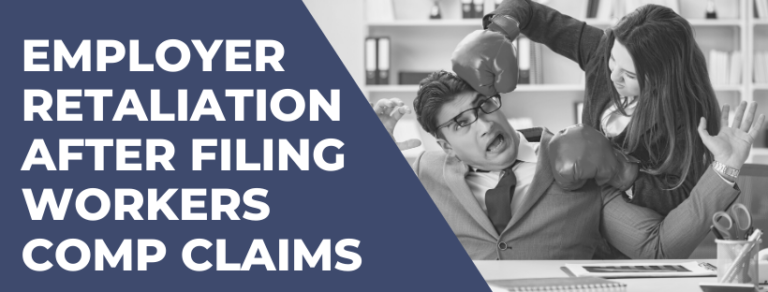Even those in South Carolina who have had training for working with electricity may need to brush up on the dangers of electrical injuries as electricity is a frequent cause of burns and fires. Here are some things workers in Greenville may want to know about when dealing with injuries from electricity.
About Serious Shocks
The Occupational Health and Safety website reports that low-voltage shocks may not require medical attention, but high-voltage shocks and shocks resulting in burns or other symptoms need medical care immediately. The severity of a shock depends on how long the current passes through the body and how big the current is.
Common Types Of Injuries & Their Causes In The Workplace
Electrocution & Electric Shock
Electrocution is responsible for around 10% of U.S. construction worker deaths annually. This may happen when one has direct contact with an electrical current. It can cause the heart to stop beating when travelling through the body. Another reason for workplace electrocution injury is poor maintenance of equipment.
Electric shock could occurs when electricity travels from an exposed circuit through the air to a person.
Burns
Burns can come from a variety of different sources in the workplace. Some of the most common types of workplace burns are:
- Heat from fire, steam, hot liquids, or other hot objects
- Chemical burns from contact with industrial or common household chemicals in liquid, gas, or solid form
- Electrical sources such as exposed wires
- Friction from hard surfaces, rugs, and roads
- Exposure to radiation (including x-rays, sun lamps, UV lights, etc)
The three specific types of burns a worker may experience include:
- 1st degree burns – which damage the first layer of skin (often called superficial burns)
- 2nd degree burns – damage the first and second layer of skin
- 3rd degree burns – damage all layers of the skin and even the tissue under the skin
Falls
Falls may be a major hazard, depending on your workplace environment. Situations associated with fall incidents frequently involve:
- Slippery, messy, cluttered, or unstable walking/working surfaces
- Unprotected edges (such as open scaffolding)
- Floor holes/wall openings
- Unsupported ladders
- Misused or broken fall protection and equipment (such as a faulty harness)
When An Accident Happens
Employees can file workers’ compensation claims when on-the-job injuries occur. This can provide one with benefits for medical expenses and more when one cannot work. There are times when a worker and a company disagree about the benefits one is entitled to, but a worker is allowed to obtain legal counsel when making decisions about compensation.
If you were involved in a workplace accident, contact us today so that we can help you receive benefits that cover your injury and living expenses.





